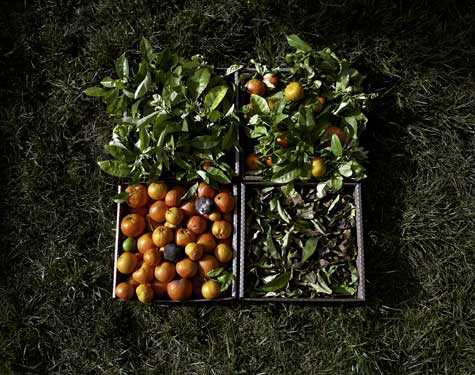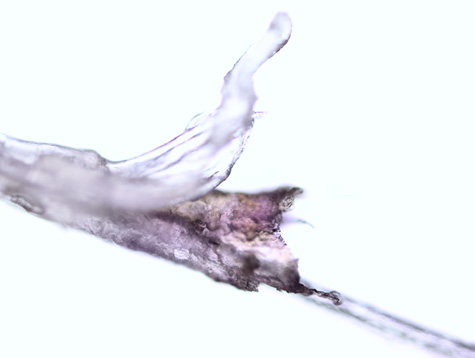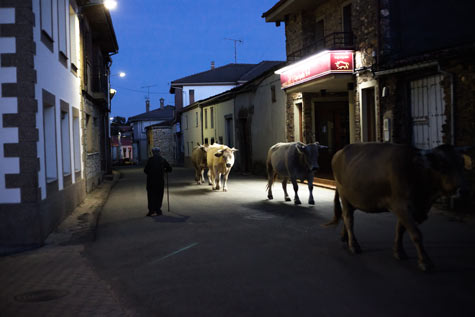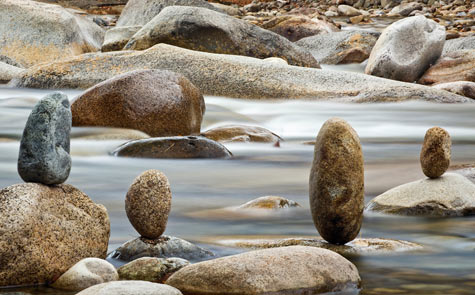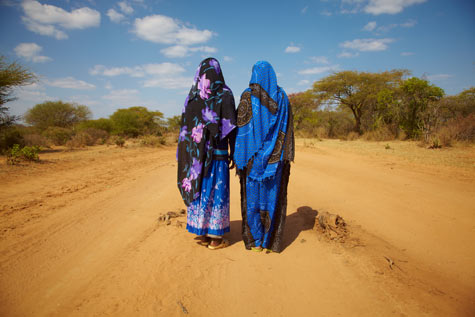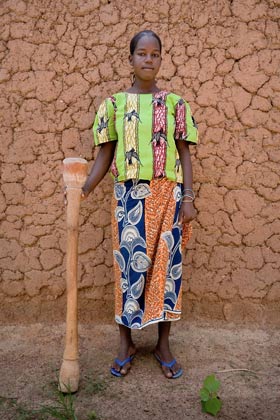 My colleague Stella Kramer met David Pace this year at Photolucida and recommended his work. She thought I would particularly enjoy 'Friday Night', the week's end party in Bereba where David lives when he's in Burkina Faso. Upon visiting his website I was struck by all his images from this small, land-locked country in West Africa, so we decided to create a broader feature.
My colleague Stella Kramer met David Pace this year at Photolucida and recommended his work. She thought I would particularly enjoy 'Friday Night', the week's end party in Bereba where David lives when he's in Burkina Faso. Upon visiting his website I was struck by all his images from this small, land-locked country in West Africa, so we decided to create a broader feature. "Two of my colleagues from Santa Clara University formed a non-profit organization called Friends of African Village Libraries (FAVL) in Burkina Faso in 2001. Burkina Faso has one of the world's lowest literacy rates and FAVL builds small libraries in rural villages to help address this problem. In 2007 my colleagues invited me to visit them while they were doing research in Burkina and asked me to photograph the libraries. That was my first trip to Africa and my first experience of village life. I began taking portraits of the villagers and documenting everyday activities. It was a life changing experience.
Over the years I have developed several ongoing photographic projects in various parts of Burkina Faso. The Bereba Portraits and Friday Night portfolios are all shot in and around the village of Bereba in the southwest. The photographs of the Kiosks and the Tabtenga Quarry are taken on the central plateau near Ouagadougou, the capital.
I spend the fall teaching digital photography to American college students in a study abroad program through the University. My students stay in Ouagadougou, the country's capital, for the first weeks of instruction and then I take them to live in remote villages without electricity or running water where they photograph, experience traditional village life and do internships in rural libraries. The students study French & French Literature, developmental economics, environmental studies and digital photography. One of their main projects is to work with someone in their village and create two photo books which explore some aspect of village life. The students write texts in simple French for beginning readers. We publish the books in small quantities and take them back to the libraries."
View the full screen magazine photo feature.
© David Pace

